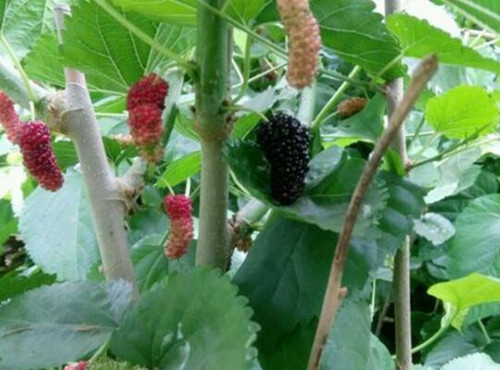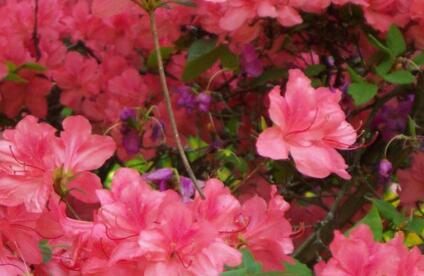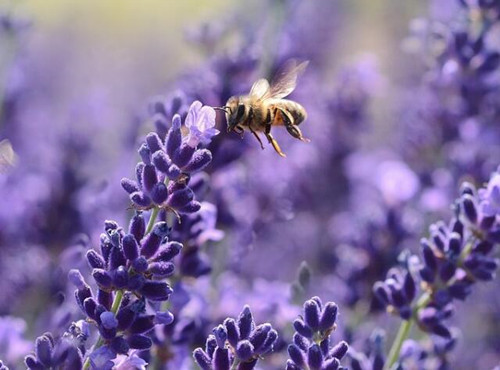Do 2018 kinds of mulberry trees make money? How many plants are planted per mu? How to plant it?
Mulberry is native to central and northern China. It is cultivated in all provinces and regions from northeast to southwest of China, and from northwest to *. Mulberry can be used for food and wine, and leaves, fruit and root bark can be used as medicine. The utilization value is high. So, do 2018 kinds of mulberry make money? How many plants are planted per mu? How to plant it?

Do 2018 kinds of mulberry trees make money?
Mulberry has a wide range of uses, the leaves are silkworm feed, wood can be used to make utensils, branches can be woven into baskets, mulberry can be used as raw materials for papermaking, mulberry can be used for food and wine, and leaves, fruit and root bark can be used as medicine. As a result, mulberry planting has produced many patterns. There are mainly silkworm cocoon production model, soil and water conservation model, mulberry processing model, scenic picking mode. Taking the mulberry processing model as an example, it has not been well developed and utilized at present, and the fruit mulberry market has a broad development prospect, which can be planted in most parts of our country. The variety has open tree shape, slender branches, many flowers and fruits, large fruit, cylindrical shape, and the maximum fruit weight is 10.5 grams. After ripening, the fruit is from purplish red to purplish black, with strong glossiness, bright color, bright and beautiful, like a black pearl. The taste is sour and sweet. Leaves can raise silkworms or stir-fry tea, fruits can be processed into canned fruit, fruit juice, wine, tea, and can be added to yogurt, which is widely used, and there are broad export prospects for quick-frozen fruits and processed products. And this tree species has wide adaptability, strong resistance, fast growth, early fruit, good benefit, beautiful fruit and long picking period, so it is the first choice for the construction of ecological picking garden. Therefore, as long as planting properly, full development and utilization, planting mulberry can make money.
How many plants are planted per mu?
The suitable planting density of common silk cocoon leaf mulberry garden is about 5000 trees per mu. Single-row planting: row spacing 70-80, plant spacing 15-20; double-row planting: wide row 90-100, narrow row 40-50, plant spacing 15-20. Striped mulberry harvests about 7000 mulberry trees per mu. At the same time, grafted mulberry seedlings can be planted with 1332 trees per mu, with plant spacing of 50 cm and row spacing of about 100cm, while hybrid mulberry seedlings should be planted with 5000-7000 trees per mu, with plant spacing of 12-18 cm and row spacing of about 65-80 cm.
How to plant mulberry trees?
⒈ planting time: December to March of the following year
⒉ planting density and form: transplanting 1000-1200 mulberry seedlings per mu, there are two planting forms:
⑴ wide and narrow row planting: land with good water and fertilizer conditions, flat land, wide and narrow row planting, triangle-to-air transplanting. It requires a large row spacing of 6 feet, a small row spacing of 2 feet, and a plant spacing of 1-1.5 feet.
⑵ and other row planting: the terrace and gentle slope land with poor water and fertilizer conditions should be planted in equal rows with row spacing of 4 feet and plant spacing of 1.2-1.5 feet.
⒊ varieties and seedling treatment:
⑴ mulberry varieties are mainly agricultural mulberry series, mainly Nongsang 8, Nongsang 12, Nongsang 14.
⑵ seedling selection treatment: the seedlings are separated according to size and planted separately. Before planting, the withered roots and overgrown roots are cut off and soaked in mud, which can improve the survival rate.
⒋ planting: the seedlings are required to be upright, root extension, shallow planting, about 10 cm in the soil at the grafting interface, fully watered, and covered with plastic film (3 feet wide for wide and narrow rows, 2 feet for equal lines).
Management after transplanting of ⒌:
⑴ cut dry: cut off the stem of the seedling 5-7 inches from the ground after transplanting, cut in spring for those planted in winter, and cut with planting in spring, which requires smooth cutting.
⑵ thinning buds: when the new buds grow to 4-5 inches, 2-3 mulberry buds with strong development and reasonable direction are selected for each plant to grow into strong branches.
⑶ heart picking: for those with only one bud, when the bud grows to 4-6 inches, it will be picked to promote its branching and become a garden ahead of time.
⑷ filling: check mulberry buds in time after germination, and replant mulberry buds if they do not survive.
⑸ drainage and irrigation: water should be watered in drought and waterlogging in rainy days to improve the survival rate.
⑹ to strengthen weeding and fertilization: timely shallow ploughing and weeding, thinning buds, applying 10-15kg urea per mu, or watering biogas slurry, human feces and urine, etc., the amount of fertilizer should be controlled in the adult forest mulberry garden.
The efficacy and function of Mulberry
⒈ antimicrobial activity
In vitro experiment, fresh mulberry leaf decoction had strong antibacterial effect on Staphylococcus aureus, Streptococcus haemolyticus, diphtheria and carbon jaundice, as well as Escherichia coli, typhoid bacillus, dysentery bacillus and Pseudomonas aeruginosa. The decoction also has the effect of killing Leptospira.
Hypoglycemic effect of ⒉
Mulberry leaves have hypoglycemic effect on alloxan-induced diabetes in rats and hyperglycemia in mice induced by epinephrine, glucagon and anti-insulin serum. Pedosterone promotes the conversion of glucose to glycogen, but does not change the blood glucose level of normal animals. Some people think that some amino acids in mulberry leaves can stimulate insulin secretion to lower blood sugar.
⒊ mulberry can also be used to make bows, called mulberry arcs. Dead branches can be used as dry wood; bark can be used as medicinal materials to make paper; mulberry can also be used to make paper; mulberry can also be used to make agricultural production tools, such as mulberry branches, shafts and so on. Leaf is the main feed for sericulture, it is also used as medicine, and can be used as soil pesticide. The wood is hard and can be used to make furniture, musical instruments, carvings, etc. Mulberry can not only satisfy hunger, but also make wine, which is called mulberry wine.
Time: 2019-03-21 Click:
- Prev

How much is the wholesale price of cuckoo seedlings? When is the florescence? How to plant it?
Rhododendron, also known as Yingshanhong and pomegranate, is an evergreen or ordinary green shrub. In May 1985, rhododendron was named as the sixth of the top ten famous flowers in China. Here, let's take a look at how much is the wholesale price of cuckoo seedlings? When is the florescence? How to plant it? How much is the wholesale price of cuckoo seedlings?
- Next

2018 how much is lavender seed per jin? When will it blossom? How to plant it? What are the effects and effects?
Lavender is an important spice economic plant, the plant is evergreen and has a fragrant smell. It has high ornamental value and is a plant material for arranging flower beds, flower quilts, creating a sea of flowers and other garden landscapes. So, how much is 2018 lavender seeds per jin? When will it blossom? How to plant it? What are the effects and effects
Related
- Fuxing push coffee new agricultural production and marketing class: lack of small-scale processing plants
- Jujube rice field leisure farm deep ploughing Yilan for five years to create a space for organic food and play
- Nongyu Farm-A trial of organic papaya for brave women with advanced technology
- Four points for attention in the prevention and control of diseases and insect pests of edible fungi
- How to add nutrient solution to Edible Fungi
- Is there any good way to control edible fungus mites?
- Open Inoculation Technology of Edible Fungi
- Is there any clever way to use fertilizer for edible fungus in winter?
- What agents are used to kill the pathogens of edible fungi in the mushroom shed?
- Rapid drying of Edible Fungi

